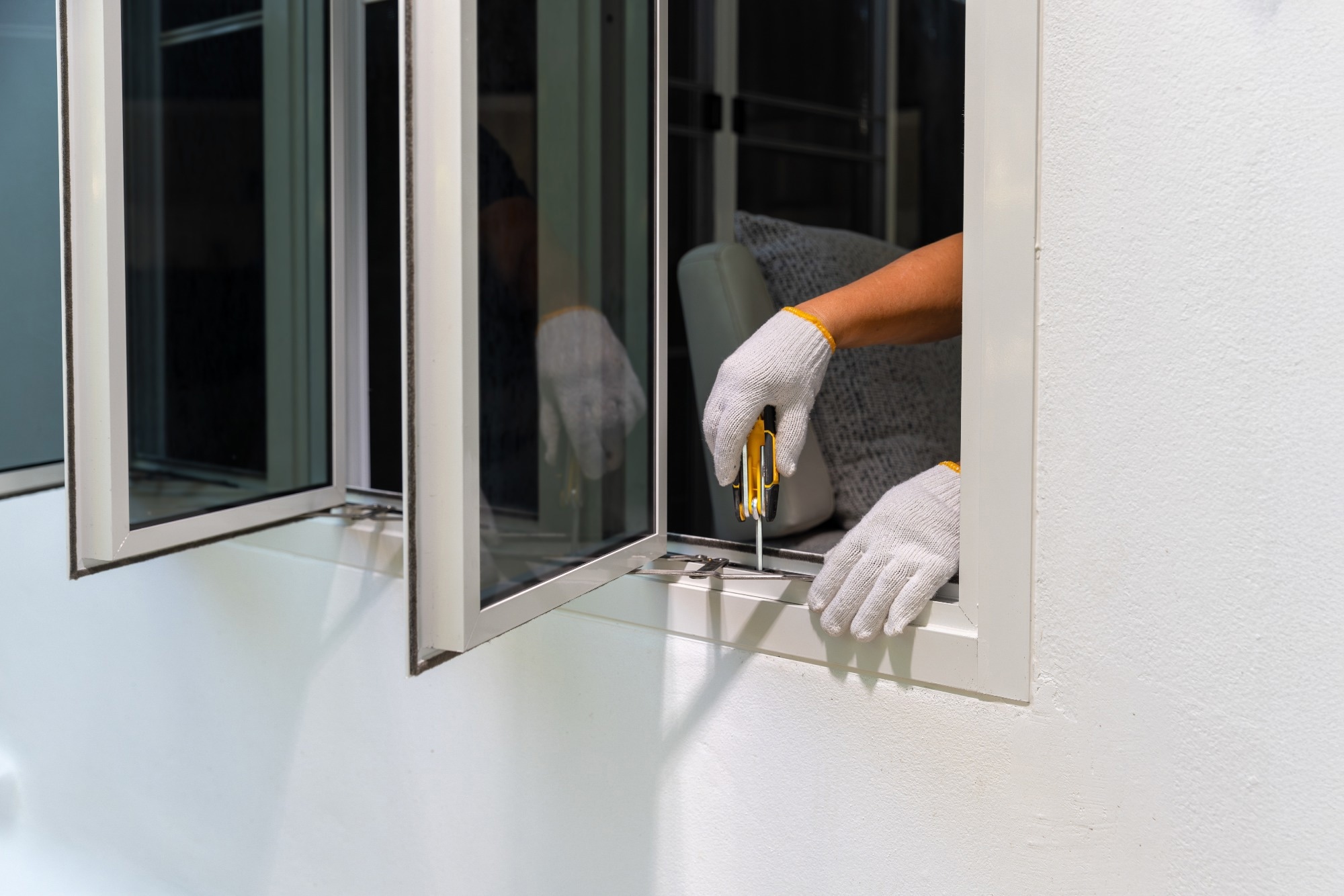Reviewed by Frances BriggsJun 26 2025
In a new study, researchers have revealed a Janus smart window with advanced thermoregulation, providing a new solution for energy-efficient buildings.

Image Credit: Toa55/Shutterstock.com
The new model, developed by a research team at Peking University and introduced in Nano-Micro Letters, has dual electro-thermal collaborative control for temperature-adaptive radiative cooling and adjustable solar transmittance, making it a highly energy-efficient design.
Why This Smart Window Matters
By integrating polymer-stabilized liquid crystals (PSLC) into an active control layer and KCWO-PNIPAM (KPP) as the passive control layer, the Janus window can both actively and passively control solar transmittance and radiative cooling.
The researchers have designed the window to be adaptable to all weather conditions with a dynamic flipping mode. Dynamic flipping means the window has switchable front long-wave infrared emissivity and solar modulation ability, which has not previously been seen in smart window technology.
Outdoor experiments show that the model can reduce indoor temperatures by 8 °C during the day and 5 °C at night. The researchers used MATLAB simulations to calculate cooling capacities, finding that cooling capacities reach 93 W m–2 during the day and 142 W m–2 at night.
Innovative Design and Mechanisms
The design's active PSLC layer ensures excellent radiative cooling efficiency and privacy protection. This is achieved with an applied voltage that allows the window to dynamically adjust transmitted sunlight.
The Janus' passive, thermochromic KCWO-PNIPAM layer achieves high photothermal conversion and thermal insulation, which allows the window to convert between cooling and heating modes depending on environmental conditions.
The researchers also incorporated electromagnetic shielding into the design to address concerns about public health and electronic system stability amidst the expansion of frequency ranges and increasing electromagnetic energy density.
Applications and Future Outlook
The smart window’s capacity to adjust solar transmittance and radiative cooling makes it highly successful in lowering HVAC energy consumption in buildings, as well as being able to adapt to varying climates and seasons.
Future work could include enhancing the durability and scalability of smart window technology, as well as investigating new materials and designs to further improve its performance.
Conclusion
The Janus window provides vastly improved thermoregulation capabilities by combining active and passive control methods. Its ability to maximize radiative cooling in summer and enhance warmth retention in winter makes it extremely desirable in smart building design.
Journal Reference
Zhang, Z., et al. (2025) A Janus Smart Window for Temperature-Adaptive Radiative Cooling and Adjustable Solar Transmittance. Nano-Micro Letters. doi.org/10.1007/s40820-025-01740-1.